Review of Canon EF 24-70 f2.8 L USM Lens
I am writing this review since people continue to ask me to write a review of the Canon EF 24-70 f2.8 L USM lens. I have been using this lens for several years. This lens has been my go to lens for all wide angle use in wildlife safaris in Wild India. The Canon EF 24-70 f2.8 L USM lens is also my preferred lens for filming with Canon C300 camera when I am using tripods.
First impression of the Canon EF 24-70 f2.8 L USM Lens:
When I laid my hands on this lens, I thought wow! It looked heavy due to its large lens hood EW-83F. It is heavy as well, with a weight of 950 gms.
It appeared solid and gells well with my 1 series cameras and feels much more stable than using a very lightweight lens. May be I have become used to the weights.
The red ring on the lens gives an assurance of quality, as always.
Construction of Canon EF 24-70 f2.8 L USM Lens:
The EF 24-70 f2.8 L USM lens has got a diameter of 83mm and it is 124mm long. It has a standard filter threat of 77mm.
The lens has got a maximum wide aperture of f2.8 and a minimum aperture of f22. The diaphragm has got 8 blades for a smooth circular bokeh.
The EF 24-70mm f2.8 L USM lens is made up of 16 elements bunched together into 13 groups.
This lens has a minimum focusing distance of 14.96 inches with a maximum magnification of 29x.
As is expected in this professional lens, the focusing is internal so that the lens element doesnt protrude outside during focusing or rotate. So you can use your filters like polarizer etc.
However, it is to be noted that when you zoom, this lens extends. It is interesting that this lens extends to the maximum when you use zoom to 24mm and retracts when you progressively increase the focal length. I would say this is a smart design as the huge lens hood remains stationary and doesn’t move during zooming unlike the other lenses. If the lens would not physically move out during the 24mm end, then there would have been lot of vignetting.
There are two aspherical elements and one UD (Ultra dispersion) glass element.
Some landscapes photographed…
Field Impressions: EF 24-70 f2.8 L USM lens in Wild India:
The Canon EF 24-70 f2.8 L USM lens is a pretty sharp lens and the f2.8 aperture comes in handy during low light scenarios. There is no noticeable light drop-off or softness in the corners.
This lens gives a very nice colour and contrast renditions and I would always recommend carrying this lens, despite its weight, rather than carrying a consumer zoom lens. In wildlife photography often one encounters overcast sky, rains etc or find wildlife in early mornings or late evenings when then light level is low. So Most of my lenses have f2.8 apertures (including the massive Canon EF 400mm f2.8 L IS USM lens which weighs 5.3kgs).
When I am photographing, the EF 24-70 f2.8 L USM lens gets the preference over the 24-105 f4 L IS USM lens. While filming handheld, the image stabilization of the 24-105 F4 L IS USM lens comes as a big boon and I prefer that over the 24-70 f2.8 L USM lens. When I have time and space to set up the tripod for filming, then the 24-70 f2.8 L USM gets preference over the 24-105 F4 L IS USM lens. Check the trailer of my film ‘A Call in the Rainforest’ shot with this lens –
The amount of details that one can get using the EF 24-70 f2.8 L USM lens is good. So when you print large size, it is better to use this lens as you will get better details.
A lot of people use prime lenses, as in earlier days the primes used to be sharper than the zooms. Now it is not the case. I now use the zooms as it gives you the flexibility to zoom, especially in a Safari where there is limited room to move.
This lens is weather sealed and when coupled with a weather sealed body like the 1 series, one can shoot in inclement weather.
On a 1.3x crop factor bodies like the Canon EOS 1D Mark IV, I find it fine for landscape, as opposed to the 16-35 f2.8 L II USM lens, where you need to be careful not to be including your shadow in the frame, if not your toe.
Most of the amateur photographers prefer the EF 17-40 F4 L USM lens due to its light weight, low cost and also because they find the 17mm valuable when used with a 1.6 crop camera. In a 1.6 crop factor camera the 17mm becomes equivalent to 27.2 mm and the 24mm becomes 38.4mm. If you are clicking with a 1.6 crop camera and photographing a group in a house or photographing a wedding, then the 17mm end will come in handy. However, the one stop less light in the 17-40 lens due to its F4 aperture vis–vis the f2.8 aperture of EF 24-70 f2.8 L USM lens becomes a big hurdle in low light situations.
EF 24-70 f2.8 L USM vis–vis EF 16-35 f2.8 L II USM lens:
The 24-70 f2.8 lens is heavier than the EF 16-35 f2.8 L II USM lens. If you need to excel, then you need to use different lenses for different applications.
When I am trekking in a wilderness areas with some awesome vistas unfolding infront of me, I would prefer to use the EF 16-35 f2.8 L II USM lens. It is a bit lighter and wont tire you. However, if you need a slightly longer focal length, then the EF 24-70 f2.8 L USM lens comes to the fore. In wildlife safari situations, I prefer the EF 24-70 f2.8 L USM lens.
At times, when the elephant is close by, or the tiger is just moving past me, the EF 24-70 f2.8 L USM lens works very well. In that situation the EF 16-35 f2.8 L II USM lens would fall short in terms of focal length.
If you are using a Canon 1.6 crop body or Canons film cameras like C300, then you can also use the Canon EF-s 17-55 f2.8 IS USM lens. However, if you are a person who pushes your equipment to the limit and shoots in hostile weather conditions, then my suggestion is to stick to the Canon EF 24-70 f2.8 L USM lens as it has got much better weather sealing capabilities.
Cons ofCanon 24-70 lens:
Packing the large lens hood in the camera bag becomes a challenge, especially with so many other lenses.
This lens feels heavy during long treks, especially if you are hanging it from your neck with a heavy 1 Series camera body.
Lack of image stabilization (IS) can be felt during handheld filming. However, the image stabilization is likely to increase the size and weight and cost, so it is not expected that Canon will anytime bring in IS to this zoom in its subsequent updates. In the last couple of years there have been many questions about IS and my stock answer to it is wait for another 5 yrs. 🙂
Verdict for Canon 24-70 lens:
A very good lens. I cant find a situation where this lens is not used. If you are a filmmaker using DSLRs, most probably this lens would be in your kitty or else may be in your wish lists. If you are a photographer shooting weddings, landscapes and wildlife, then this lens is most likely to be in your bag as well. If you are a filmmaker using Canon film cameras and not using the cinema. Despite announcement of an updated version, which is nearly double its cost, this lens will retain value for a long long time.
If you have any questions about the Canon EF 24-70 f2.8 L USM lens, then you can ask in the comments section below.
You can buy this lens from Amazon India by clicking the following link:
- Canon Launches Cine Servo 11-55 mm T2.95-3.95 lens - 10 September,2025
- Water Monitor Lizard in Sundarbans - 14 May,2025
- Radio collared Tigress - 30 January,2025


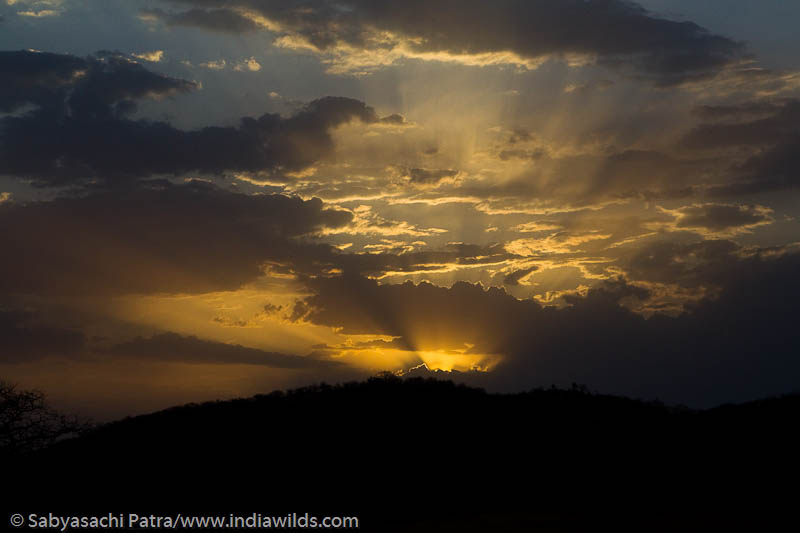
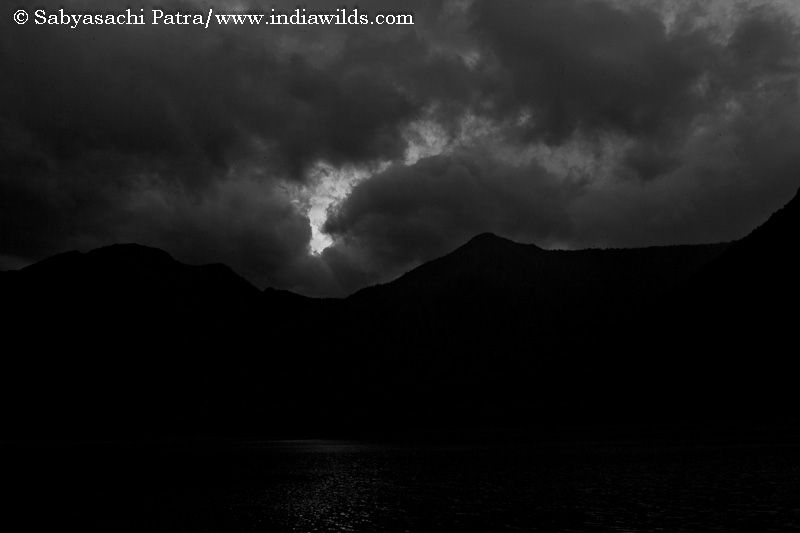


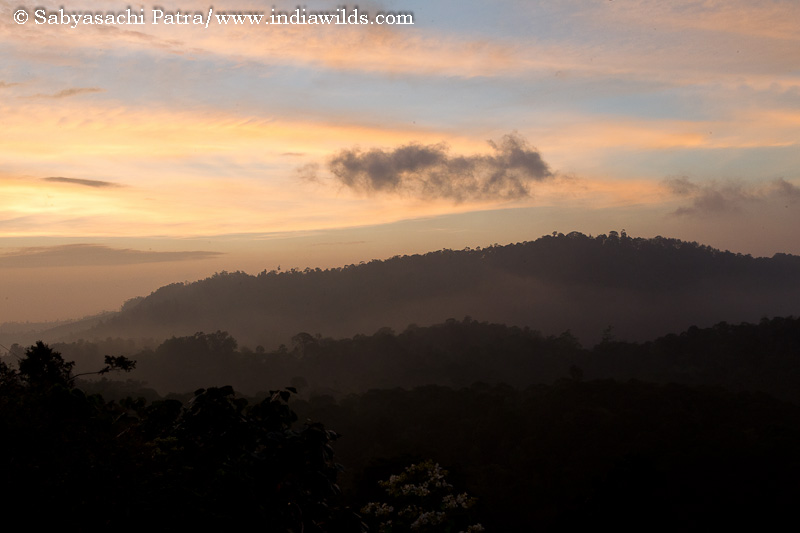
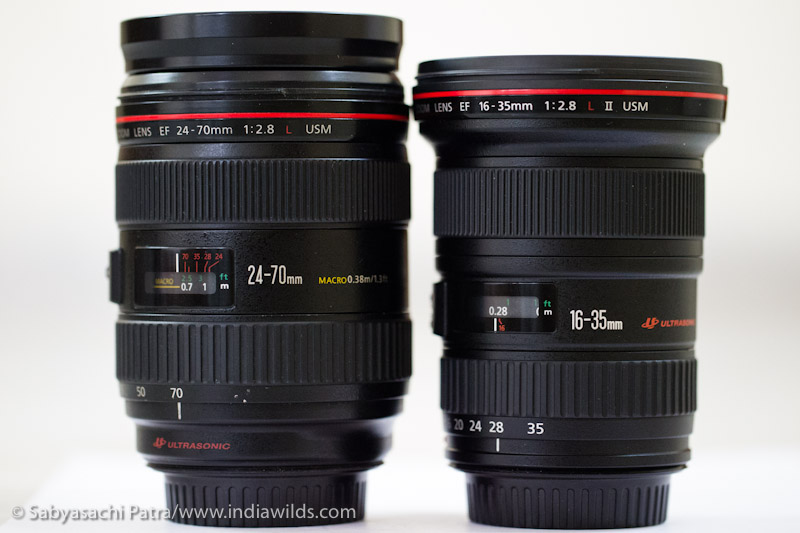
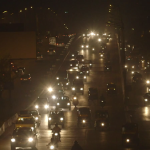
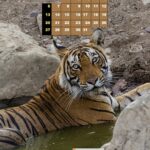




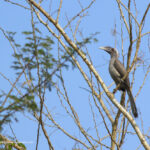



Could you please recommend a DSLR for beginners like me?
Saru,
What is your budget?
A DSLR will last a long time. Since you are a beginner, I would suggest you to get the Canon EOS 600D or Canon 650D. In some of the shops the EOS 550 D would still be available at a discount. The EOS 650D is the latest. Since I don’t know your budget, I am unable to pin point the model and the lens. You will get a kit lens along with the body. That would be good enough to start with. Remember that the camera remains the same, and you can use different lenses for different purposes. There is also a lower model Canon EOS 1200D which is the basic entry level camera.
The first picture is really stunning!
Amazing shots.
Thank you for the wonderful review!
Hi SP,
I used to be crazy about photography and cameras – even had a darkroom at my place to process the film and print positives. But all that was a long time back.
I still enjoy keeping in touch and seeing good photos.
I can see your passion coming through in these articles and accompanying photographs.
Regards
Great review thanks for sharing .. and as a wild life photographer for caring..
Great discovering you and your blog. Painstakingly researched, demonstrated, detailed, illustrated with brilliant photography, lucidly written and artistic site! Thanks a lot for taking me along!
Hi there!
I was owing both I and II versions of 24-70 from Canon. And I can say that the first version was very good and the second one is even better! It’s crisply sharp even wide open and has very good design. For me it’s a pleasure just to hold it in my hands…
I really liked the really detailed blog about the Canon lens, and might I suggest you trying a few Pelican Products, they have awesome Camera Backpacks. They can be used in rugged environment, makes the backpack crushproof, waterproof and you can carry your laptop with the camera.